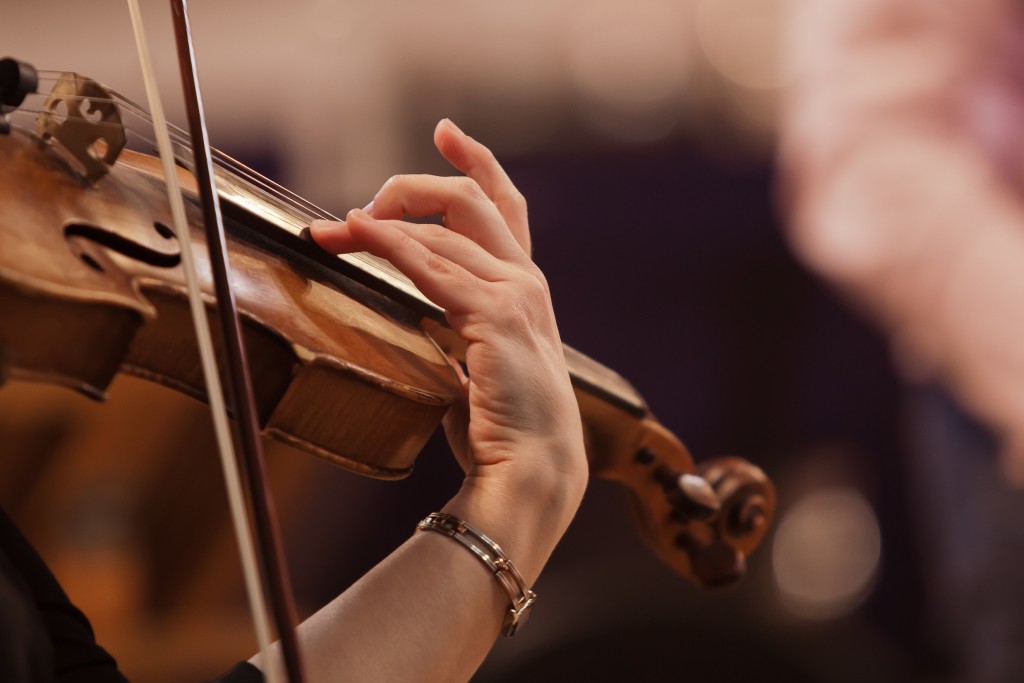A lot of us can listen to music and identify which instruments are used. Popular instruments such as the piano and guitar have sounds that are so distinct you can instantly recognize them. They have been thoroughly studied and are regular fixtures in music lessons. But what if you can learn an instrument that can sound like another one? Let’s have a look at two that are inherently versatile.
Theremin
There are eerie or moody sound effects in movies. These are usually heard in scenes where ghosts or UFOs are involved. The theremin is responsible for making those sounds.
The theremin was invented in Russia by Lev Sergeyevich Termen and got its namesake from his American name: Léon Theremin. The instrument consists of a pair of antennas attached to a control box. One of them is looped and laid horizontally and controls the volume. The other is upright and controls the pitch.
What’s unique about playing this instrument is that you don’t need to touch it. You create sounds by moving both hands near the antennas. Watching someone playing the theremin is like seeing a conductor of an orchestra.
Moving the right hand closer to the upright antenna raises the pitch, while moving the left away from the looped antenna raises the volume. Shaking the pitch hand introduces vibrato. The passionate players look like they are dancing, with their hand movements dictating the intensity of the music. The theremin player’s movements are as enthralling as the music they are making.
The sounds the theremin makes can be adapted to music. If it can make ghost sounds in movies, it surely can mimic an alto. This can be used if you want to add a layer of ambient vocals to your song but do not have anyone available to fill that. It can also sound like a string instrument. The long sustain of an electric guitar or the arching twang of the sitar can be replicated. If you want to add a dose of mood to your music, the theremin can provide that.
Hurdy-gurdy
The name may sound funny, but the hurdy-gurdy has been around since ancient times. Its known ancestor was the organistrum, an instrument that was introduced in the Middle Ages. It shares many features of hurdy-gurdies today. But back then, it was a long instrument that required two people to play.

Playing the violin requires the player to use a bow and stroke it above the strings. Put the bow under them, and you’re on your way to describing how to play the hurdy-gurdy. It has a physical structure like other string instruments.
The main feature of the hurdy-gurdy is a crank at its end, which controls a wheel that rubs the strings to produce a sound. Across the body are strings placed on a neck. Underneath are keys that push against different areas of the strings, changing the pitch.
If the guitar requires you to press on the fretboard to change the pitch, the hurdy-gurdy requires you to push the strings underneath. There are also drone strings that add a sustained background pitch. The highest-pitched drone has a bridge that produces a buzz when the crank is turned quickly. Performers often use this to increase the music’s tempo, making them look like they are trotting along with the music.
Without the drone strings, the hurdy-gurdy sounds like a violin. This is a good substitute, as this is a one-piece instrument. The magic happens when you use the drone strings. With these, the instrument sounds like a bagpipe. Crank fast with the right timing, and the buzzing sound will feel like there’s a bit of percussion in there. The hurdy-gurdy is great in creating folk or classical music.
Creativity is limitless. If you want to play the theremin or hurdy-gurdy in other musical genres, just go for it. It will definitely sound unique. Time to make some tunes!

